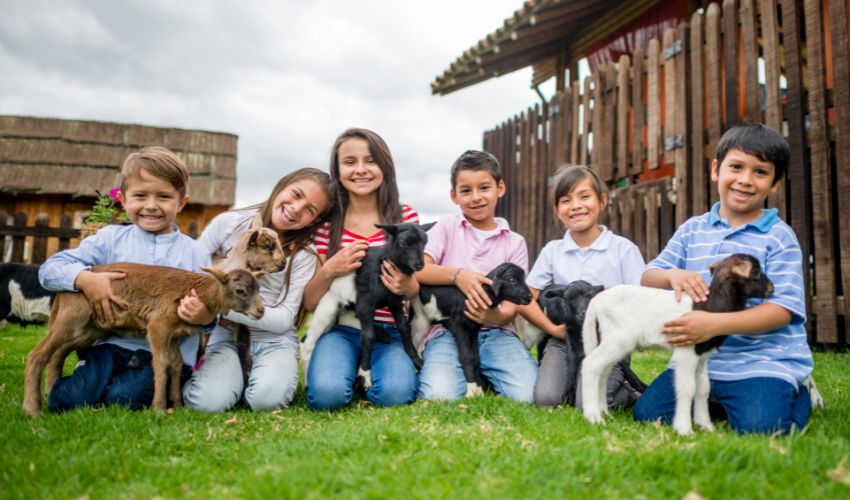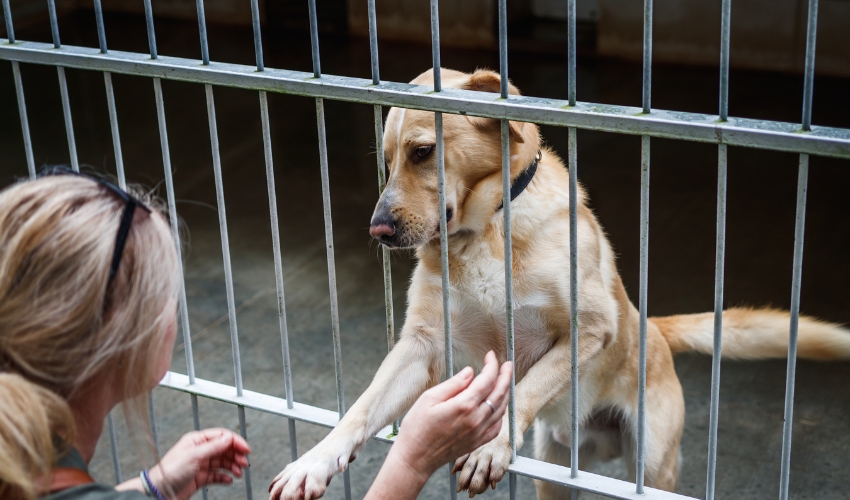With the new school year approaching, animal shelters and rescues have a golden opportunity to expand their impact by partnering with local schools. These partnerships not only help save more animals but also instill values of compassion, responsibility, and community service in students. In this comprehensive guide, we will explore the benefits of these partnerships and provide detailed strategies for animal shelters and rescues to collaborate effectively with schools, enhancing their efforts in animal welfare and education.
Benefits of Partnering with Schools
Schools are vibrant centers of learning and community engagement. By forming partnerships with schools, shelters and rescues can achieve numerous benefits:
- Raise Awareness: Educate students about animal welfare, the importance of adoption, and responsible pet ownership.
- Boost Volunteerism: Encourage students, teachers, and parents to volunteer at shelters, fostering a community spirit of service and empathy.
- Generate Funds: Organize fundraising events and campaigns in collaboration with schools to support shelter operations and animal care.
- Facilitate Adoptions: Host adoption events on school premises to connect animals with potential adopters from a broader community.
- Enhance Educational Programs: Integrate animal welfare topics into the school curriculum, providing students with valuable learning experiences.
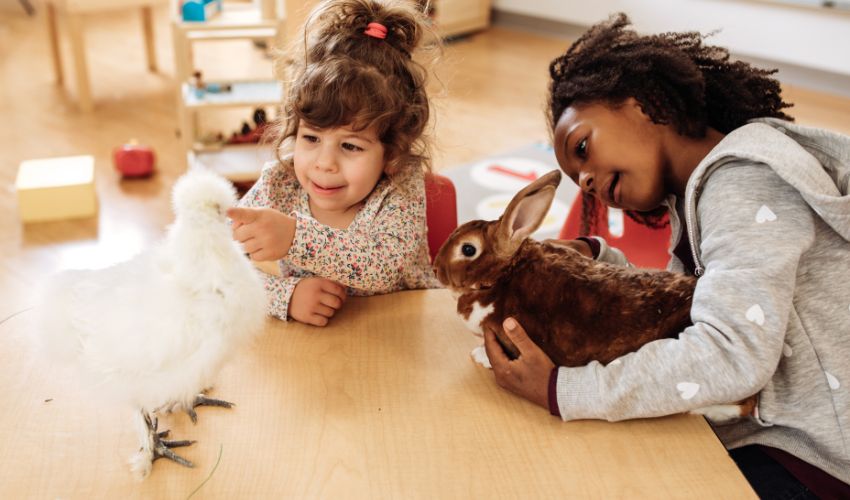
Steps to Build Successful School Partnerships
Building successful school partnerships requires a strategic approach that ensures mutual benefits for both the shelter and the school.
These steps will help shelters and rescues tap into the enthusiasm and resources of schools, enhancing their efforts to promote animal welfare, increase volunteerism, and ultimately save more animals.
Step 1: Identify Potential School Partners
- Research local schools with active community service programs, animal science courses, or environmental clubs.
- Look for schools that have previously engaged in community projects or have shown interest in animal welfare.
Step 2: Develop a Comprehensive Proposal
- Create a detailed proposal outlining the mutual benefits of the partnership.
- Include potential activities, objectives, and how the collaboration will positively impact students, the school, and your organization.
Step 3: Reach Out to School Administrators
- Contact school principals, teachers, and club leaders to present your proposal.
- Highlight how the partnership aligns with the school’s educational goals and community values.
Step 4: Plan and Execute Collaborative Activities
- Guest Speakers and Workshops: Offer to conduct workshops and talks on topics like animal welfare, rescue operations, and pet care.
- Volunteer Programs: Organize regular student volunteer days at your shelter, allowing students to gain hands-on experience in animal care.
- Fundraising Events: Collaborate on events such as bake sales, car washes, charity runs, and auctions to raise funds for your shelter.
- Adoption Drives: Plan and host adoption events at the school, featuring animals ready for adoption and providing information on responsible pet ownership.
- Educational Materials: Develop and distribute brochures, posters, and digital resources that educate students and parents about animal welfare and rescue efforts.
Step 5: Promote the Partnership
- Use social media platforms, newsletters, and local media outlets to share news about the partnership and upcoming events.
- Highlight success stories, student contributions, and the positive outcomes for both the animals and the school community.
Best Practices for Effective Partnerships
- Regular Communication: Maintain open lines of communication with school administrators and teachers to ensure smooth coordination and address any issues promptly.
- Clear Goals and Objectives: Set clear, achievable goals for the partnership to ensure both parties are aligned and can measure success.
- Engage the Community: Involve parents and community members in events and activities to broaden the impact and support base.
- Feedback and Evaluation: Regularly seek feedback from students, teachers, and volunteers to improve and refine partnership activities.
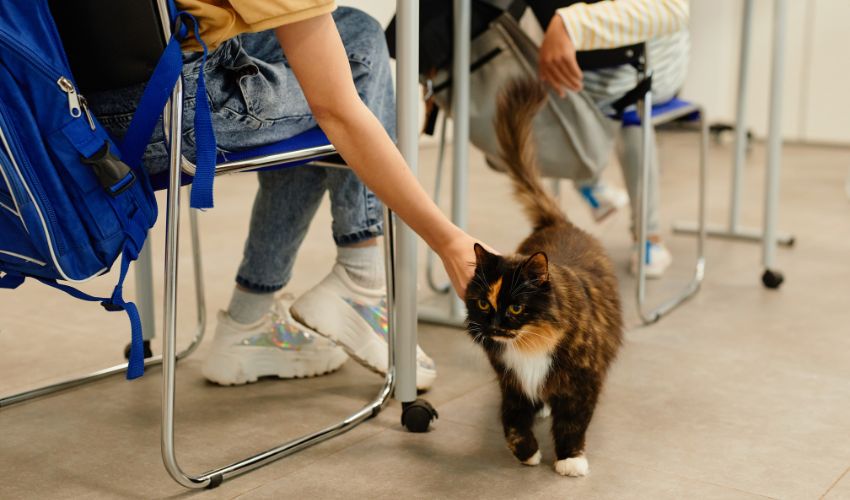
Examples of Successful Partnerships
- Adoption Fairs at Schools: Some shelters have hosted successful adoption fairs at schools, resulting in numerous adoptions and increased community awareness.
- Service Learning Projects: Schools with service-learning programs have integrated animal welfare projects into their curriculum, allowing students to earn academic credits while helping animals.
- Animal Welfare Clubs: Collaborations have led to the formation of animal welfare clubs in schools, with students actively participating in rescue and advocacy efforts.
Partnering with schools offers animal shelters and rescues a unique and impactful way to enhance their mission. By engaging students, teachers, and the broader school community, these partnerships create a ripple effect of compassion and awareness. As the new school year begins, consider reaching out to local schools and forming meaningful collaborations that benefit both animals and students.
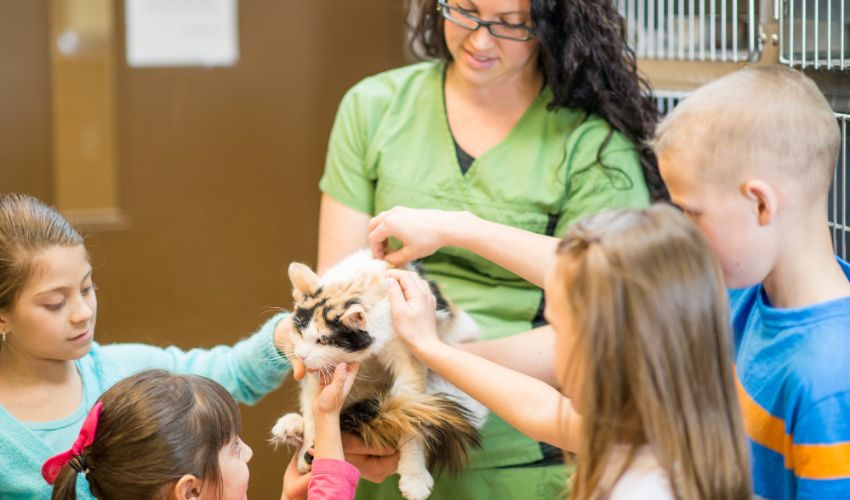
Join Doobert and connect with other organizations to maximize your efforts in partnering with schools in your area. Together, we can save more animals and create a compassionate community for all.

